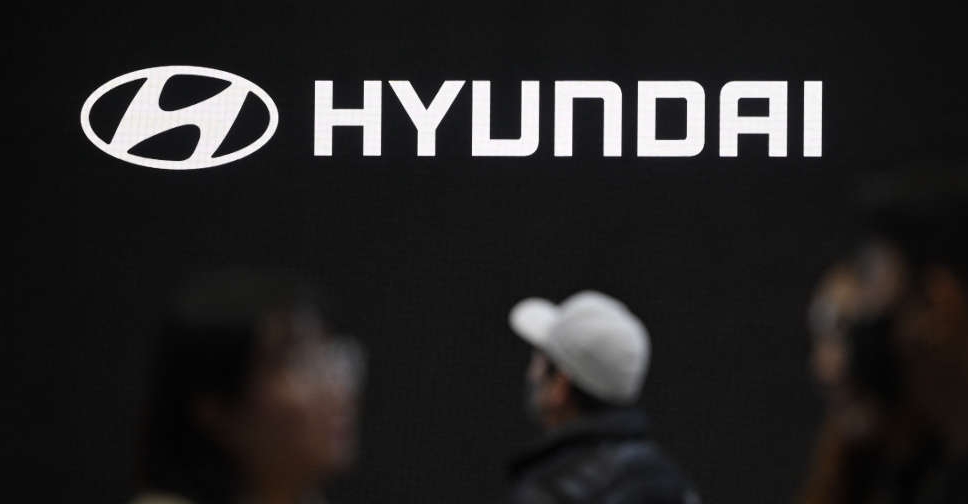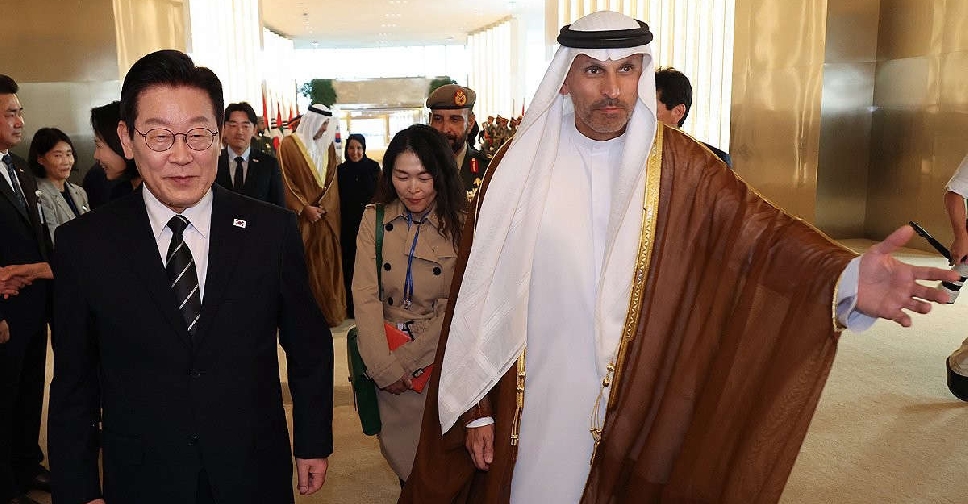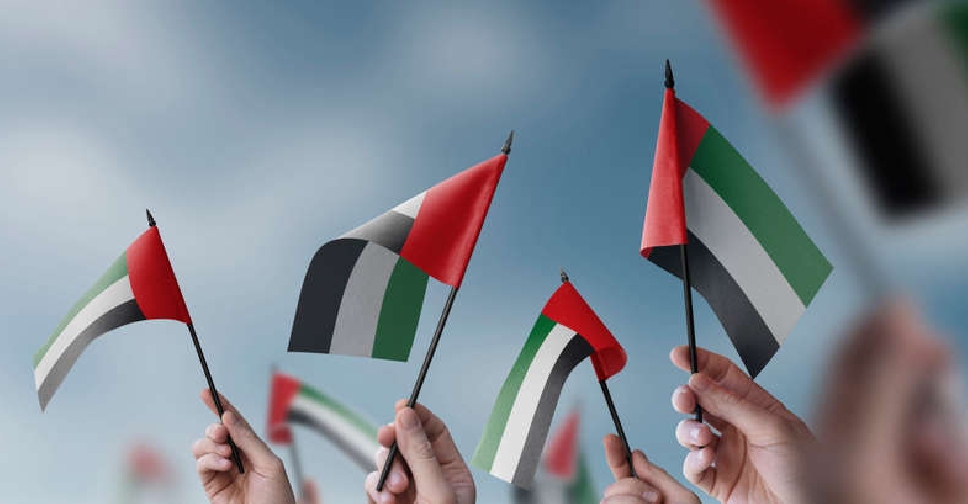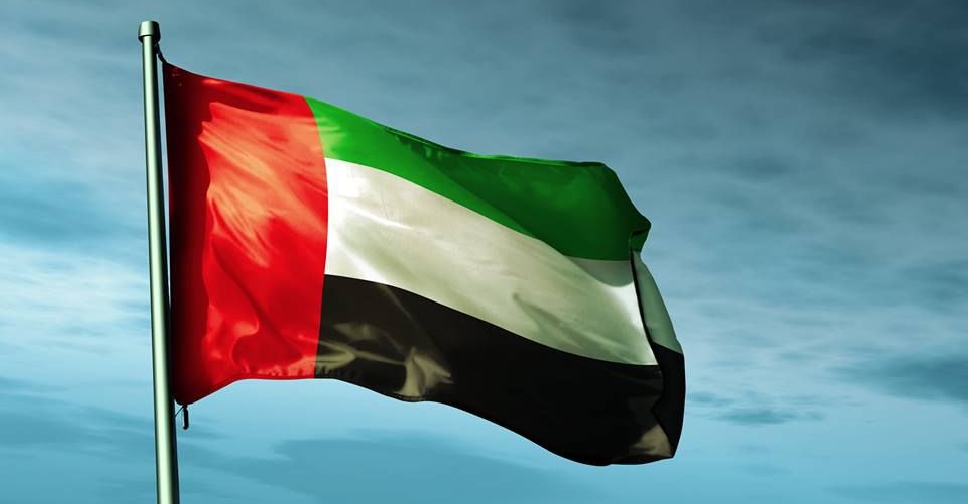
New data published by Statistics Centre Abu Dhabi (SCAD) in late September and data reported by Emirates NBD in October on Dubai's economy and on the UAE's purchasing managers' index (PMI) point to continued modest growth in mid-2016. The data suggest that the relatively diversified nature of the UAE economy has helped ensure the economy to expand, despite sharp cutbacks in fiscal spending in some of the individual emirates. The SCAD data show that the Abu Dhabi economy grew by 2.3 per cent year on year in real terms in the second quarter of 2016, having expanded by 2.2 per cent year on year in the first quarter. The oil sector currently accounts for around 49% of GDP in Abu Dhabi, reflecting the emirate's long-term drive to shift its economy away from a reliance on hydrocarbons. There were several notable trends sectorally in the Abu Dhabi economy; non-financial firms-which account for the bulk of the non-oil economy-registered steady if unremarkable growth of around 2.1 per cent year on year in the first and second quarter of the year. Meanwhile, the finance and insurance sector (around 10 per cent of Abu Dhabi GDP) has been consistently stronger, expanding by 6.1 per cent in the second quarter (2.9 per cent in the first quarter), suggesting that financial institutions are coping well with shakier credit sentiment, the tighter regional liquidity conditions and weaker profit opportunities.

 Emirates to operate largest Starlink-enabled fleet
Emirates to operate largest Starlink-enabled fleet
 Flydubai orders 60 GEnx-1B engines for first widebody fleet
Flydubai orders 60 GEnx-1B engines for first widebody fleet
 Emirates orders 65 more Boeing 777-9 jets at Dubai Airshow
Emirates orders 65 more Boeing 777-9 jets at Dubai Airshow
 Hyundai Motor to invest $86 billion in South Korea after US trade deal
Hyundai Motor to invest $86 billion in South Korea after US trade deal
 Aster secures AED265 million funding to build two hospitals in Dubai
Aster secures AED265 million funding to build two hospitals in Dubai




